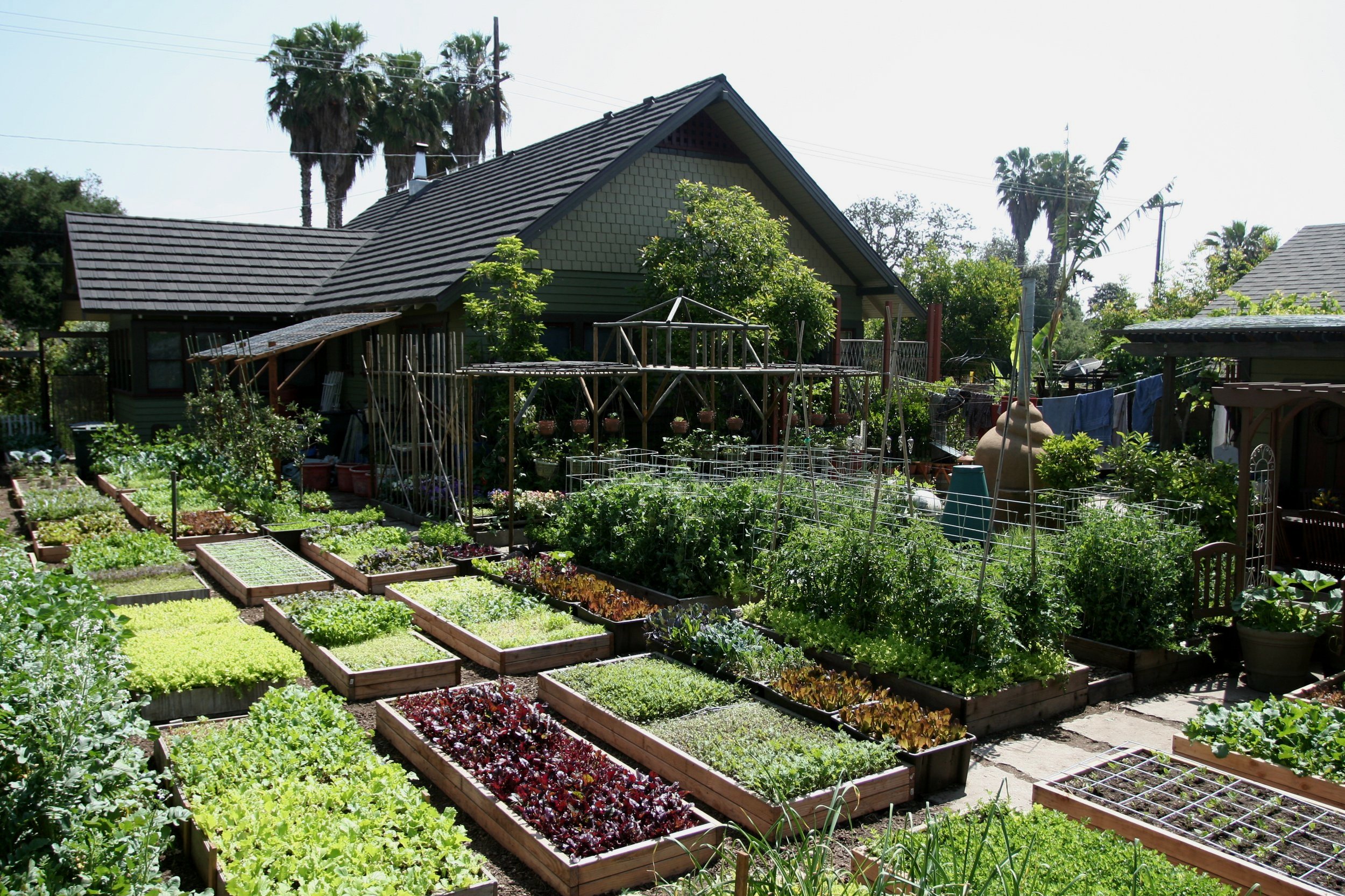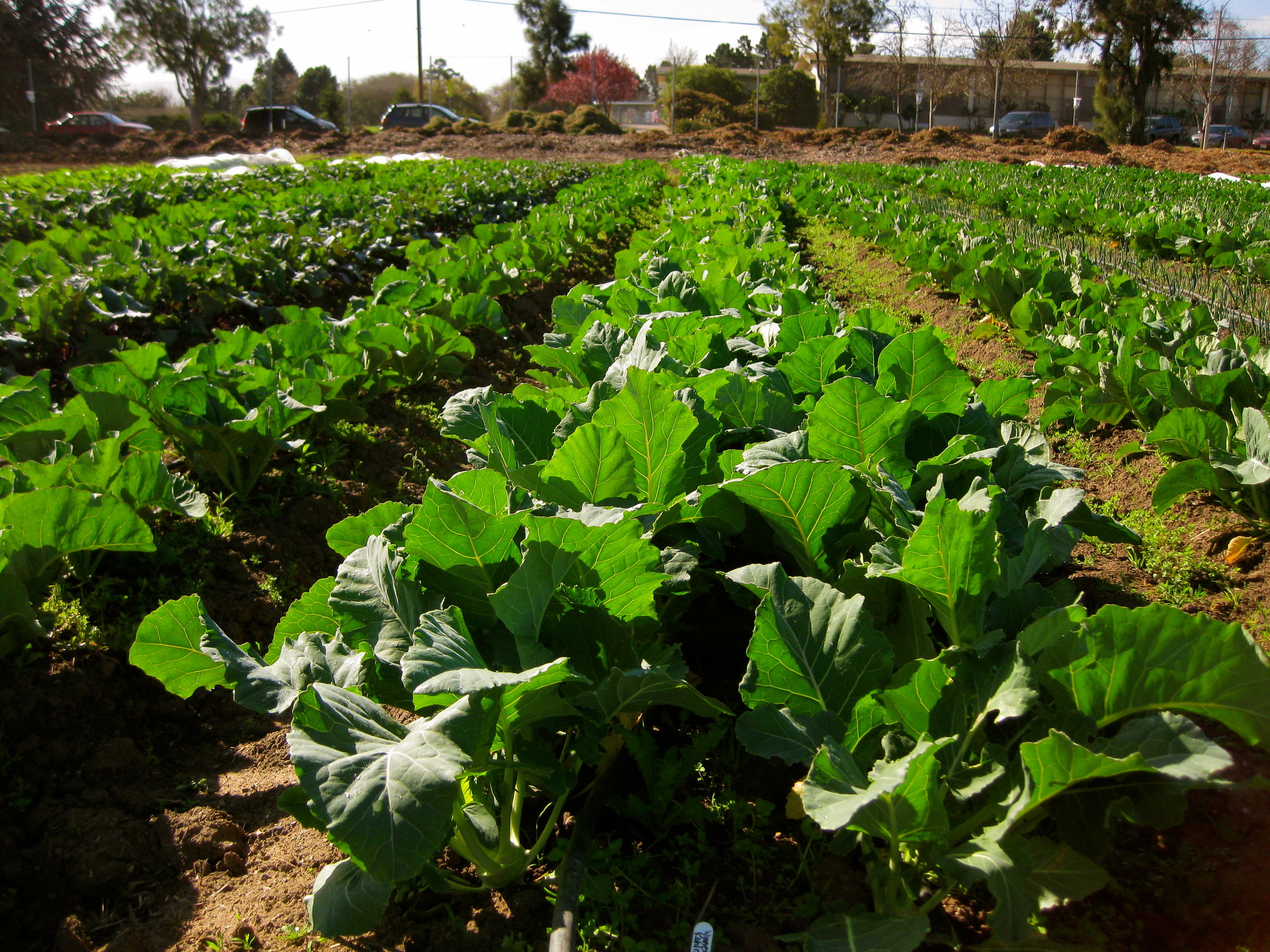Discover the Keys to Creating a Productive and attractive Horticulture Area
Creating a effective and attractive horticulture room is not just an issue of growing blossoms and veggies; it needs a calculated technique that includes different essential elements. From selecting the right location based on sunshine and dirt kind to thoughtfully developing your design and choosing suitable plants, each choice plays a crucial duty in the success of your yard.
Selecting the Right Location
Picking the excellent place for your garden is crucial to its success and overall aesthetic charm. The initial step in this process includes analyzing sunshine exposure, as many plants need at the very least 6 hours of direct sunlight daily (Homestead Gardening). A south-facing garden generally obtains the most light, while shaded areas can hinder growth and flowering
Furthermore, consider soil top quality and drain. Well-draining dirt is important to protect against water logged roots, which can lead to plant diseases. Carrying out a dirt examination can offer useful information relating to pH degrees and nutrition content, enabling you to change the dirt appropriately.
Additionally, closeness to water resources is another aspect to weigh - Homestead Gardening. Having simple access to a tube or irrigation system can streamline the watering procedure and motivate consistent plant care. Wind defense is additionally essential; positioning your garden near frameworks, such as fencings or walls, can protect it from harsh winds that may damage fragile plants
Finally, think about accessibility for maintenance and harvesting. A well-placed yard enables convenient gain access to, guaranteeing that you can quickly often tend to your plants without creating undue tension or disruption. Thoughtful location choice lays the foundation for a thriving yard.
Selecting Plants Wisely
When picking plants for your yard, it's necessary to take into consideration aspects such as climate, soil problems, and personal preferences to guarantee a unified and efficient space. A thorough understanding of your neighborhood climate will guide you in selecting plants that thrive in your details environment. For circumstances, choosing drought-resistant varieties is helpful in deserts, while moisture-loving species might be better for areas with high rainfall.
Dirt problems are similarly vital; conducting a dirt test can disclose pH degrees and nutrition material, allowing you to choose plants that will certainly thrive. Native plants are typically a superb option, as they are usually well-adapted to local soil types and require much less upkeep.
Show on your personal choices-- picking plants that reverberate with your visual preferences will certainly boost your enjoyment and commitment to keeping your yard. By thoroughly reviewing these elements, you can produce a thriving and diverse plant choice that raises your horticulture experience.
Creating Your Yard Format
With a thoughtfully chosen plant selection in hand, the next step is to produce a garden design that makes the most of both appeal and capability. Begin by analyzing the available space, considering elements such as shade, sunlight, and wind patterns. A tactical format should include numerous areas, including areas for growing, paths, and perhaps seating.
Beginning with bigger plants or prime focus, such as trees or tall perennials, positioned strategically to create aesthetic rate of interest. Layer smaller sized plants in front to enhance depth and appearance. Consider the development behaviors of your selected plants; taller ranges should be placed at the back or facility of beds, while shorter ones can line the edges.
Including paths not only helps with access for upkeep however likewise invites expedition. Usage materials that complement the yard's general aesthetic, whether rock, gravel, or timber chips.
Additionally, assume regarding seasonal adjustments and just how your layout will certainly look throughout the year. Incorporating evergreens along with seasonal blossoms can guarantee year-round beauty. Inevitably, a well-designed yard layout harmonizes the all-natural appeal of plants with practical factors to consider, causing a room that is both inviting and effective.
Enhancing Dirt Health

To improve dirt health, start by performing a soil examination to assess pH levels, vitamins and mineral content, and soil appearance. This will notify your modifications. Include natural matter such as garden compost, well-rotted manure, or fallen leave mold to enhance soil framework, water retention, and microbial task. Furthermore, practicing crop rotation can protect against nutrition depletion and decrease pest and condition stress.
Mulching is one more efficient technique; it not just saves dampness however also subdues weeds and gradually enriches the dirt as it breaks down. Avoiding excessive husbandry is crucial, as it can disrupt soil framework and injury helpful microorganisms. Instead, adopt no-till or marginal tillage practices to maintain dirt integrity.

Maintaining Your Yard Efficiently
A properly maintained garden provides satisfaction and productivity, requiring consistent interest to make sure that plants flourish and the landscape remains inviting. Efficient garden upkeep includes a number of vital practices that improve the health and wellness of your plants and the general aesthetic of your space.
Regular watering is essential; however, it is essential to tailor your watering routine based upon the specific requirements of your plants and local climate conditions. Mulching can help retain dampness, reduce weeds, and control soil temperature level. In addition, like this prompt weeding avoids competition for nutrients and sources, guaranteeing that your plants flourish.
Trimming is one more essential job. It motivates healthy and balanced growth, removes diseased or dead branches, and forms plants to maintain an enticing structure. In addition, checking for illness and parasites is important; early discovery and intervention can conserve your plants from significant damages.
Fertilizing ought to be implemented thoughtfully, utilizing organic choices whenever feasible to promote long-lasting dirt health. Seasonal tasks such as growing, separating perennials, and preparing for winter season will guarantee your yard remains lively year-round. By adhering to these practices carefully, you can cultivate a garden that is both efficient and lovely.
Verdict
In conclusion, the development of a productive and stunning horticulture room calls for careful consideration of several my link crucial components. Picking an ideal location with adequate sunlight, choosing suitable plants, developing a visually pleasing design, boosting dirt wellness, and making certain regular upkeep are important elements. By integrating these methods, one can cultivate a flourishing garden that not only enhances the landscape but also promotes ecological balance and sustainability. Such a method ultimately leads to a rewarding gardening experience.
From choosing the right location based on sunlight and dirt type to attentively developing your layout and picking suitable plants, each choice plays an essential role in the success of your yard. Well-draining soil is crucial to stop waterlogged roots, which can lead to plant illness.When choosing plants for your yard, it's important to consider aspects such as climate, dirt conditions, and personal choices to guarantee a productive and harmonious room. Ultimately, a properly designed garden design harmonizes the natural elegance of plants with useful factors to consider, resulting in a space that is both her latest blog welcoming and productive.
